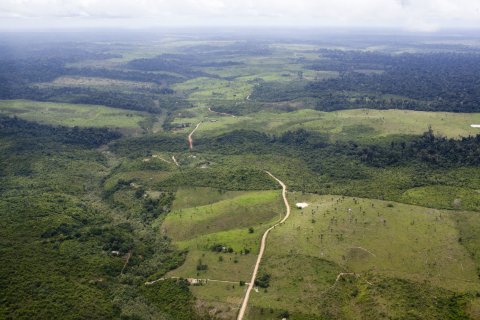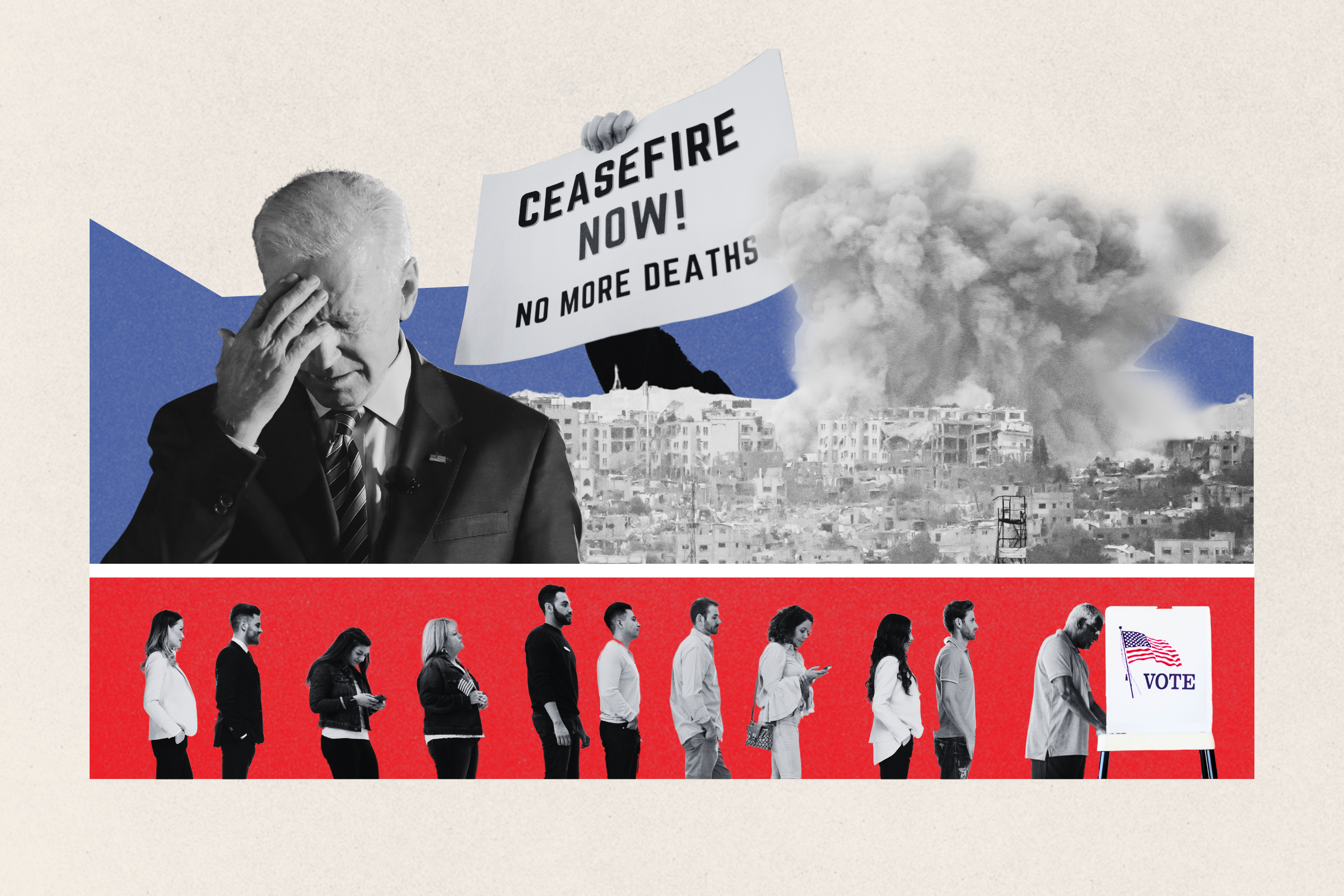Brazil has experienced a large spike in the number of wildfires this year, with more than half of them occurring in the Amazon rainforest.
The fires have affected the northern states of Roraima, Acre, Rondônia, Mato Grosso and Amazonas particularly badly, according to data collected by Brazil's National Institute for Space Research (INPE).
But what could the long-term damage of these fires be for the world's largest tropical rainforest—60 percent of which is found in Brazil?
Ricardo Mello, head of the World Wide Fund for Nature's (WWF) Amazon program, said that an increase in forest fires, in conjunction with other factors, could spell disaster for the rainforest.
"Science has shown that the Amazon forest could become a savanna," Mello told Newsweek. "According to a study by Thomas Lovejoy and Carlos Nobre, negative synergies between deforestation, climate change and widespread use of fire indicate a tipping point for the Amazon system to flip to non-forest ecosystems in eastern, southern and central Amazonia at 20-25 percent deforestation."
"We are very close to that: deforestation in the Brazilian Amazon is around 17 percent," he said. "Such fires cause large degradation of land and are pushing the country closer to the tipping point from which there is no return."
Meg Symington, the WWF's Managing Director for the Amazon, also pointed out the long-term effects that fire can have on the forest ecosystem.
"Forest fires to clear land can also get out of control, spreading beyond the intended burn," she told Newsweek. "This endangers wildlife and jeopardizes the livelihoods of millions. A new WWF study just reported that we've already seen 53 percent declines of forest species populations in the past 40 years. Forest fires like add even more pressure to vulnerable wildlife."
INPE figures show an 83 percent increase in fire outbreaks in Brazil in comparison to the same period in 2018, representing the highest number of blazes since the agency began collecting such data in 2013, Reuters reported.
In fact, INPE says it has identified more than 72,000 fires in Brazil between January and August this year, comfortably more than the roughly 40,000 recorded in the entirety of 2018.
"The fact that the plume of smoke reached Sao Paulo and blackened an afternoon proves how unusual the fires that burn in the countryside of Brazil are," Mello said.
The latest figures come amid international outcry over the inaction of President Jair Bolsonaro's administration.
Last month, Bolsonaro criticized data collected by INPE, which indicated that there had been a significant rise in deforestation rates. Notably, the figures showed that in July this year, deforestation had increased nearly 300 percent in comparison to the same month in 2018.
The president accused the agency of making up "lies" that could hurt the country's trade talks and subsequently fired its chief, replacing him with a military official.
Environmentalists are becoming increasingly concerned with his administration, accusing the government of encouraging deforestation and emboldening those who want to exploit the forest for commercial gain.
During his time in power, Bolsonaro has moved to weaken government agencies that are responsible for protecting the rainforest, as well as regulations covering indigenous lands and nature reserves. Bolsonaro sees these kinds of regulations as in impediment to economic growth in the Amazon region.
Fire in the Amazon is used as a technique to clear land for agriculture—the biggest driver of deforestation in the Amazon, alongside mining and land-grabbing. This means that fire is a direct result of deforestation.
"Farmers clear cut land to make way for agriculture, and then wait for the dry season to ignite fires to clear the land so they can plant," Symington said. "It's likely that all of these forest fires are deliberately set by humans."
Now it is the dry season in the Amazon, which means conditions in many parts of the rainforest are suitable for the fires to spread over large areas.
"It is very unlikely that those fires outbreak naturally," Mello said. "That means that all outbreaks of fire in the Amazon are caused by human action, mainly to 'clear' the land after deforestation and to prepare it for agriculture and pasture. It is important to remember that 2019 is not a strong El Niño year. When we have strong El Niños, weather gets drier in the northern part of Brazil and this favors fires. This is not the case of 2019."
When asked if the forest fires were linked to the environmental policies of Bolsonaro, Mollo responded:
"Data speaks for itself: Brazil saw a peak in deforestation, followed by a peak of fires. Indigenous peoples are threatened and killed. The environmental governance is weakened month after month. The connection is evident."

About the writer
Aristos is a Newsweek science reporter with the London, U.K., bureau. He reports on science and health topics, including; animal, ... Read more














